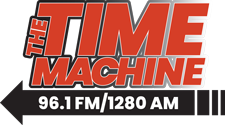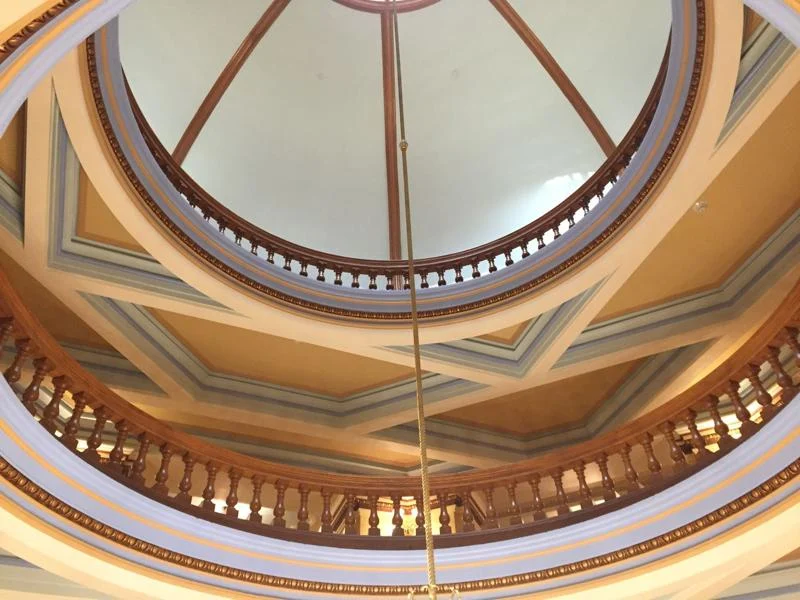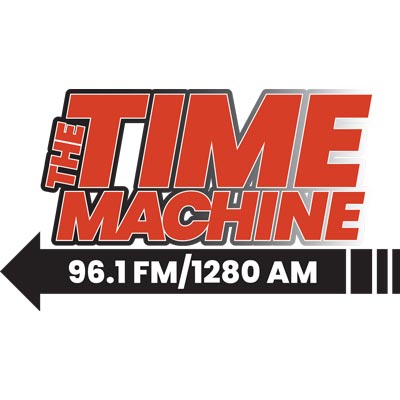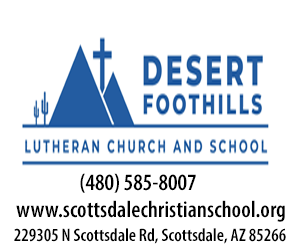(The Center Square) – Arizona’s budget shortfall is not being caused by its 2.5% flat tax but rather by its overspending, a new report from The Common Sense Institute says.
The state is facing a $1.6 billion budget deficit through Fiscal Year 2025.
The deficit exists despite revenues growing by $3.3 billion in Arizona since the Legislature passed the flat tax in 2021, according to the CSI report.
The shortfall over the last couple of years is due to the state increasing its budget, said Glen Farley, the CSI’s director of policy and research.
Between fiscal years 2023 and 2024, the Arizona budget grew almost 40%, Farley told The Center Square.
He said a significant amount of money was allocated to K-12 education spending during these two fiscal years. In Fiscal Year 2023, Arizona increased its education spending by $1 billion, and in the following fiscal year, it rose by an additional $500 million.
Farley explained that the state has increased its spending on education, particularly since the COVID-19 pandemic. CSI said spending on K-12 education has increased by $6.3 billion over the last nine years.
CSI also noted Arizona’s K-12 spending has skyrocketed almost 80% since 2010.
Farley pointed out public school enrollment has been declining even as the state spends more money on education.
The CSI reported the state spends over $15,000 on each K-12 public school student.
Schools often claim declining enrollment is costing them money due to the school funding formulas, Farley said. However, he explained “the opposite is true,” where Arizona is compensating schools “more than the losses they’re experiencing due to enrollment decline.”
He added that this inverse relationship will only worsen as people have fewer children and parents choose alternative schools over public schools.
Over the last five years, CSI said state public schools have lost over 23,000 students. Furthermore, CSI predicts Arizona public schools will lose 40,000 students by 2028.
When Arizona addressed its $400 million budget deficit in 2024, two items were blamed for contributing to the deficit: the state’s universal school choice program and its flat tax.
In 2022, Arizona expanded its Empowerment Scholarship Account to all K-12 students. For the 2024-2025 school year, 86,122 students were enrolled in the program.
Of the new spending over the last couple of years, Arizona only spent 6% of it on the school choice program, CSI says. On the other hand, public school spending accounted for 17% of this new spending.
The CSI states the revenue-producing flat tax was initially projected to cost the state $4 billion over 10 years, but this estimate was subsequently reduced to $1.4 billion. It noted the flat tax cost difference is offset by the money the state collects from its recent economic growth.
Farley said the flat tax was part of several economic reform pieces of legislation, including Arizona’s lowering of its corporate tax rate and the creation of the Commerce Authority. The state currently has a corporate tax rate of 4.9%.
These reforms are responsible for the “generational growth” Arizona has experienced over the last decade, Farley said.
The CSI director stated the state’s economy is 50% bigger than it was 10 years ago.
Among the reasons are people moving to Arizona and money and capital coming from California, Farley said. He gave credit for that to Arizona’s low taxes and fewer regulations.
Farley said the generation growth Arizona experienced allowed for the state’s budget to increase.
Despite this economic growth, Farley noted he is concerned about the state’s spending habits going forward.
Farley suggested Arizona let things play out, such as the flat tax and ESA program, before implementing larger reforms.






